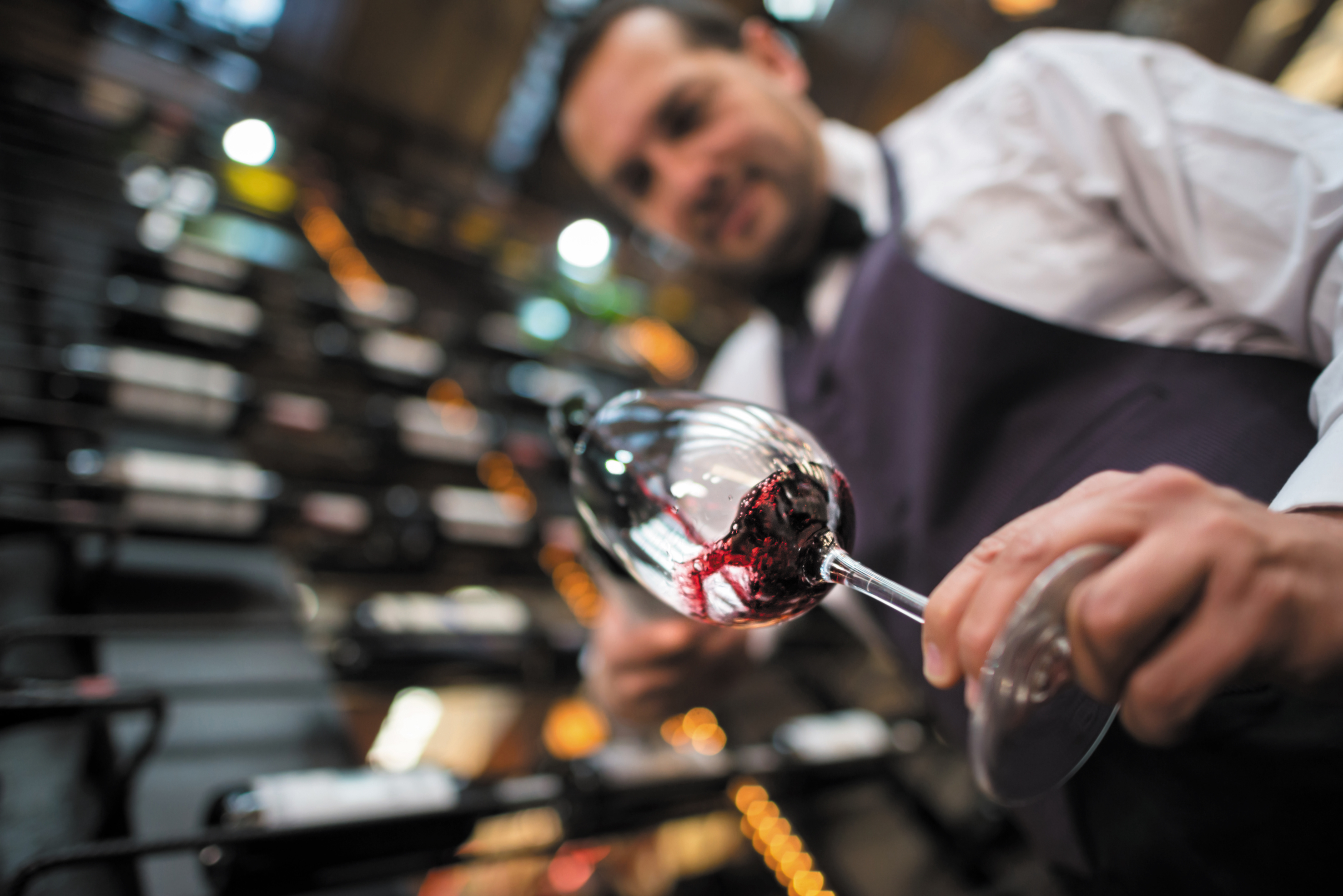
Hospitality predicted to bounce back and exceed 2019 sales in 2022
The total eating and drinking out market is expected to see 44.7% YOY growth in 2022, the equivalent value of almost £92bn and surpassing its 2019 value growth as pent up demand is set to give the sector a boost in its recovery from the pandemic.
The predictions, by Lumina Intelligence, show that growth will eventually stabilise at about 2% in 2023 after growing 33.4% in 2021 and 44.7% in 2022, as Coronavirus restrictions ease on trading for the second half of 2021.
If trading is allowed to return unrestricted in 2022, the market is expected to recover fully and actually increase in value from 2019, thus offering a “ray of light for agile and innovative brands in the market”.
“The Coronavirus pandemic wiped £43.7bn of market value from the eating out market in 2020,” Blonnie Whist, insight director at Lumina Intelligence, said. “That means the market declined by almost half. Operations enjoyed just over 11 weeks of so-called ‘normal’ trading in 2020. That’s followed by 41 weeks of varying restrictions and dining closures. So this had a huge impact on not just turnover, but it also significantly accelerated outlet decline.”
Things are predicted to pick up in 2022, however. According to the insights company’s data, by the end of next year, the UK on-trade is expected to be worth £91.9bn, exceeding its pre-pandemic value of £91.3bn.
Out of this, hotels, pubs and restaurants are expected to show the slowest recovery. However, as this is the largest subsection of the eating and drinking out of home market, it is expected to see the biggest actual growth between 2022 and 2024.
“That’s really led by the scale of the channel, as well as improved weekly sales,” Whist said.
Outlet growth is also expected to bounce back.
The total number of venues is expected to decline by 4.1% in 2021. This is a more modest decline and represents a net loss of only 474 sites in comparison to almost 4,000 sites which closed in 2020.
The proportion of UK consumers who had an eating or drinking out occasion increased by 30% over the last quarter. This is a result of consumers “wanting to get right back in there and make up for lost time. In particular, this growth in on-premise has actually been really driven by drinks, particularly coffee and beer. Wine declined, cementing the idea that for many consumers, wine is more of an off-trade and at-home leaning drink,” Whist said.
Between April and May, 5% of all food and service occasions included a beer.
The Lumina Intelligence data, which includes its flagship eating and drinking panel and speaks to over 78,000 UK consumers each year, also showed continued polarisation of the out of home market when it comes to budgeting and treating.
The most polarised demographic is the youngest generation, whose behaviour has been split between planning to spend down in the lowest value channels such as bakeries and coffee shops, and higher spend channels such as restaurants.
“This really highlights an opportunity for premiumisation and creating an experience that isn’t easily replicable at home. The past year has been challenging for independent businesses, but awareness of these hardships in the last year has also really spurred a desire to support local business. Across all channels, consumers plan to visit more independently owned venues over big chains, and restaurants will be the biggest beneficiaries of this desire to support independent venues. Approaches [should] highlight local credentials on site and on digital menus by listing all local ingredients. This also includes suppliers [working with] drinks,” Whist concluded.
A total of 6% of respondent said they would visit more chains, while 22% said they would visit more independents restaurants and 16% opted for more pubs and bars in the next 12 months.
Keywords:
- UK
- Restaurants
- growth
- value
- market
- year
- consumers
- home
- over
- expected
- YOY
- eating
- uk consumers
- lumina intelligence
- home market
- 44 7%
- flagship eating
- lumina intelligence data
- restaurants “this really
- higher spend channels
- lowest value channels
- showed continued polarisation




